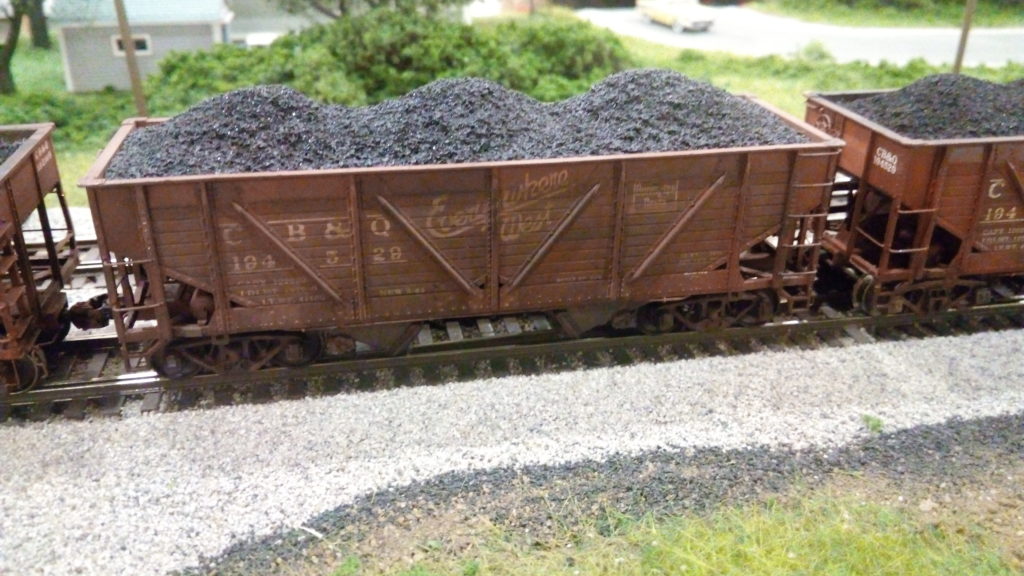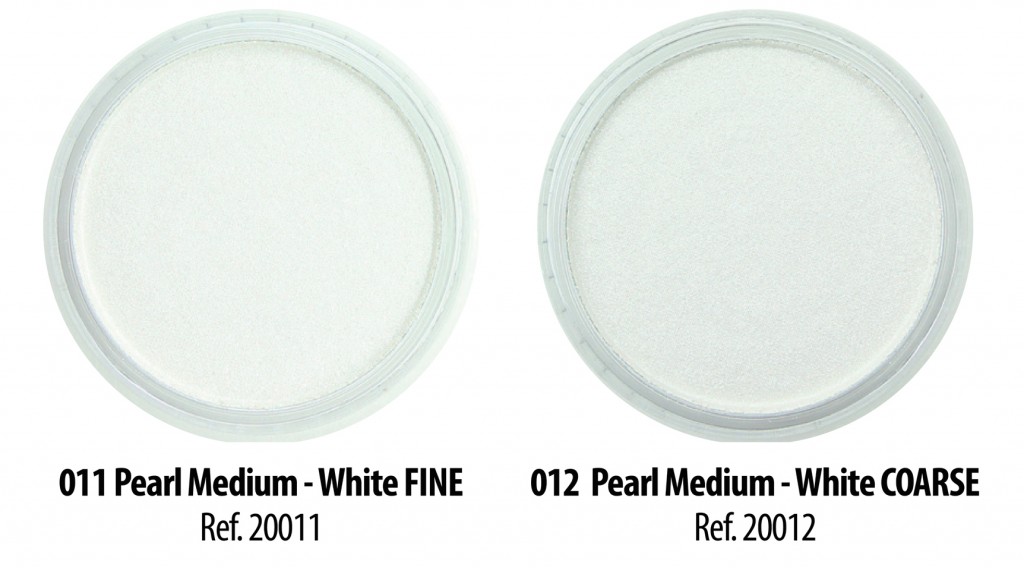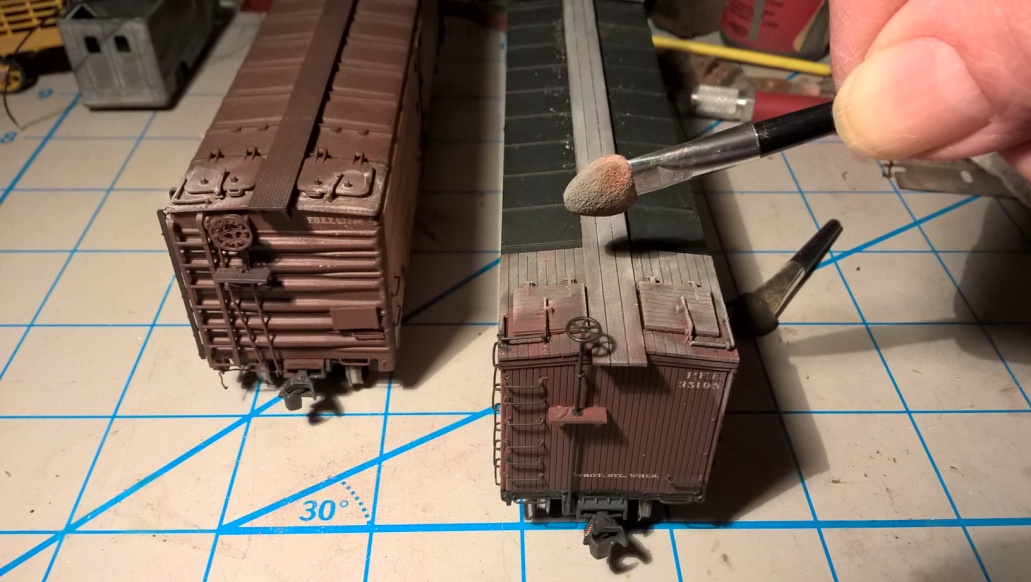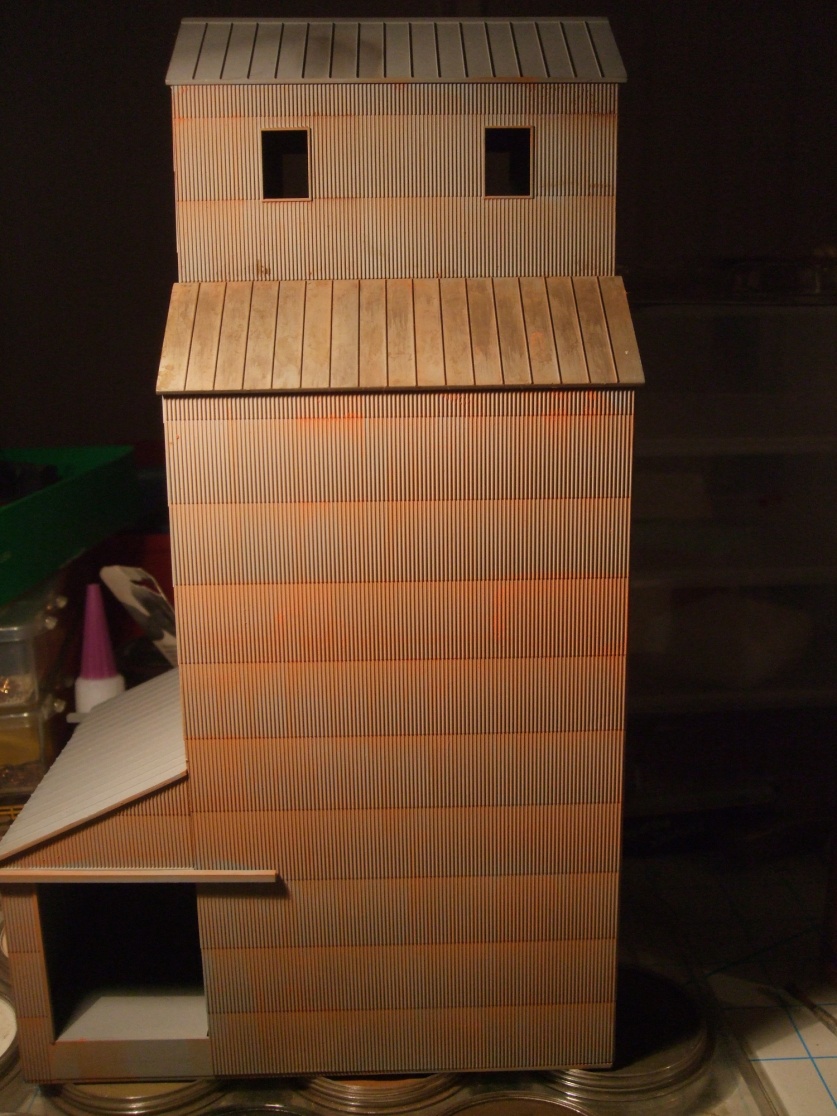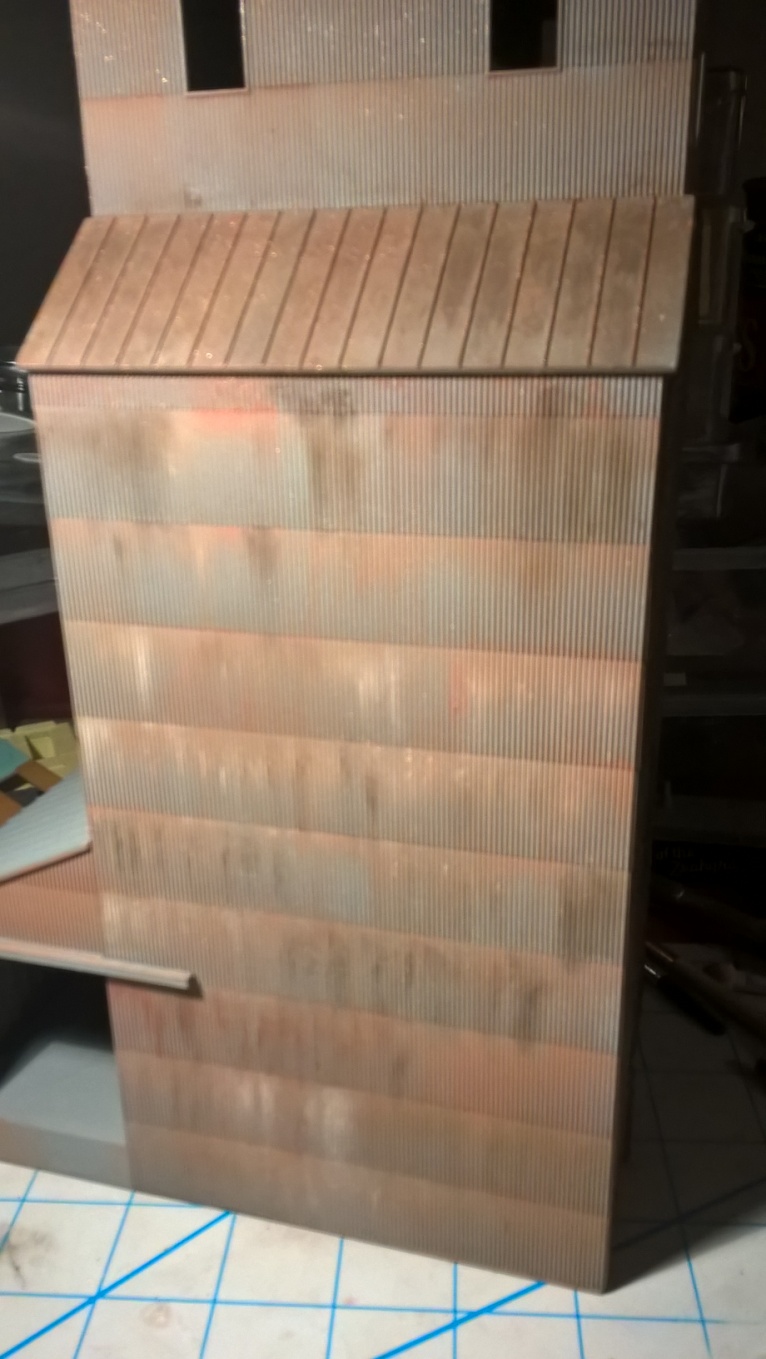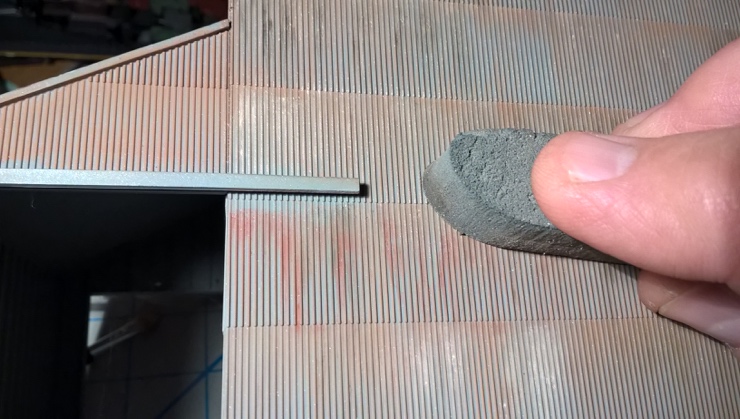By Rob Manley
Part of the fun in building models for me is the research. Oh sure, you can easily build a kit straight from the box, follow the box art to position your decals and still have fun. What I’m talking about is “more funner”( this was from a young girl watching my weathering demo).
Funner for me is pouring through my acquired data to find that “right” photo in order to model the subject as accurately as possible. Weathering is definitely one of those facets. I’m sure you can build a kit and weather it as realistically as possible by using your imagination and creativity. That’s one of the elements that separates a good model from a great model. Having that extra dimension of accuracy is what makes the model truly a work of art. Well that’s my opinion.
In order to make a detailed model unique and an exact representation of reality I have turned to building resin cast models. Unlike plastic models that may represent a type of generic car, these kits are exact. They’re usually more detailed and require a higher level of skills and tools. I was a fan of these kits but I felt I lacked the necessary skills to build one of these masterpieces. I did buy a few kits in hopes that I would improve and eventually finish some of these cars one day.
SPOILER ALERT: I did.

